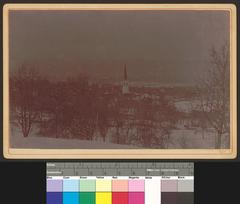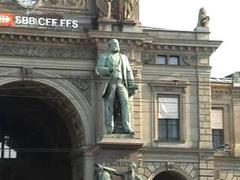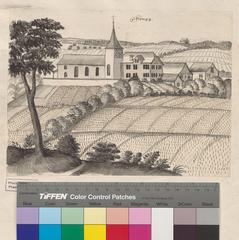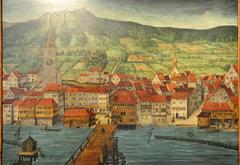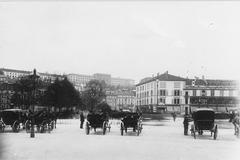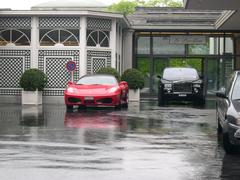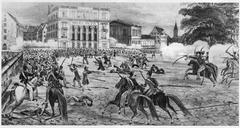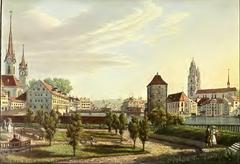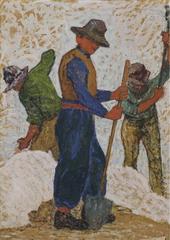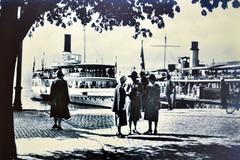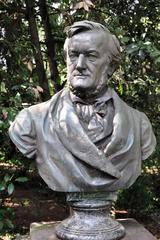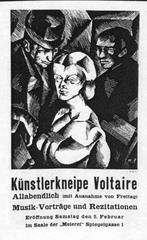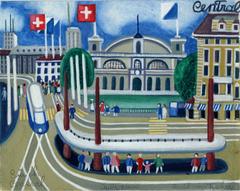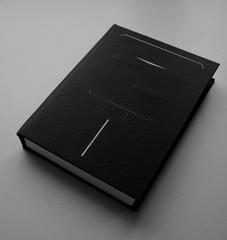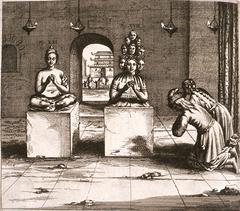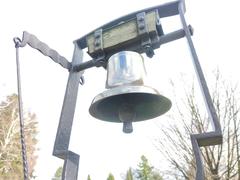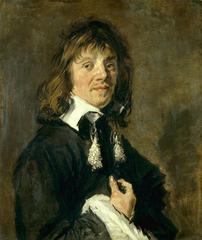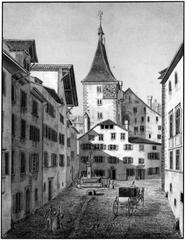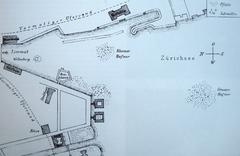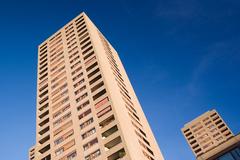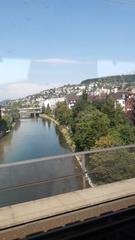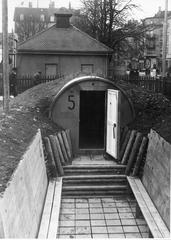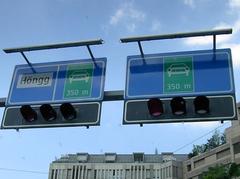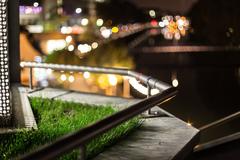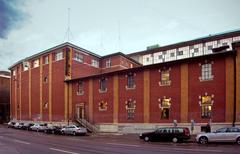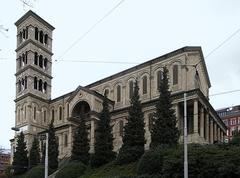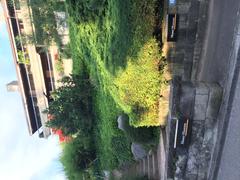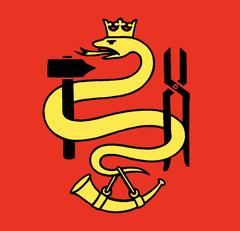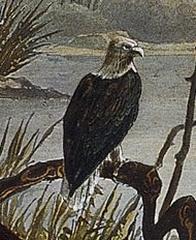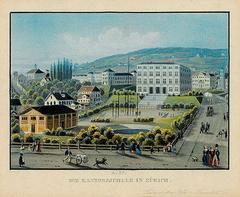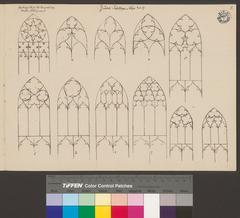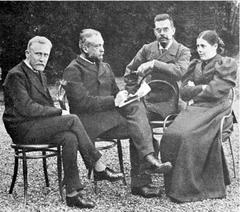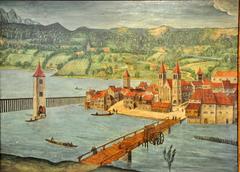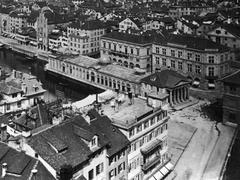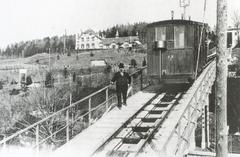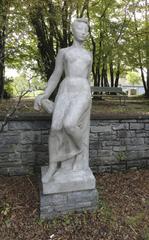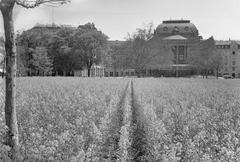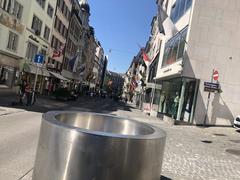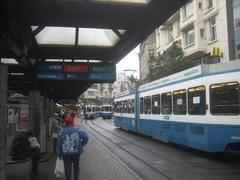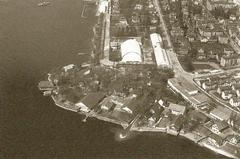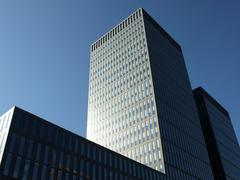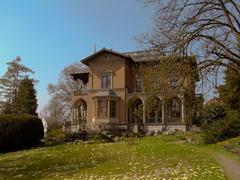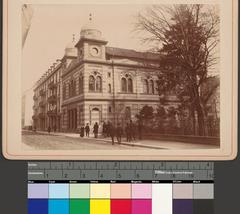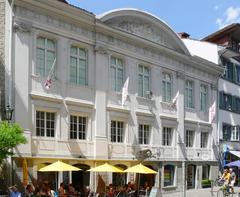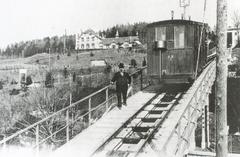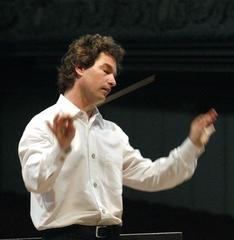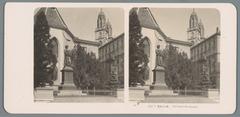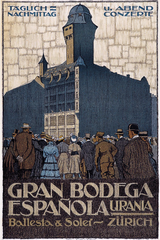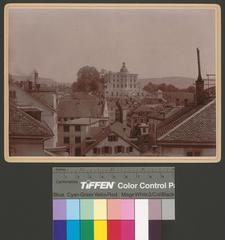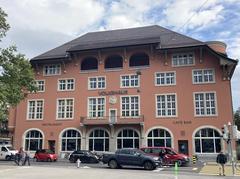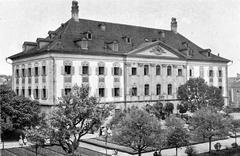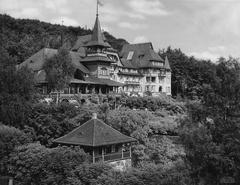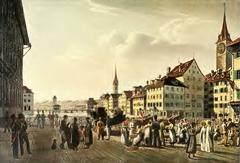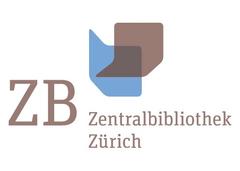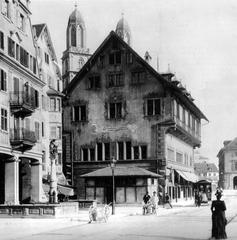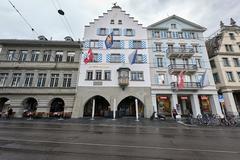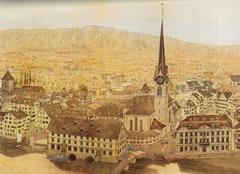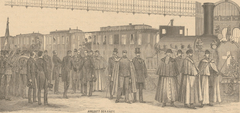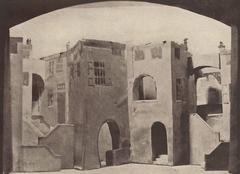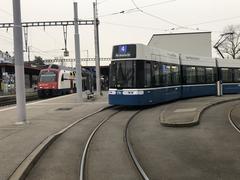Milchbucktunnel Zürich: Visiting Hours, Tickets, and Travel Guide
Date: 15/06/2025
Introduction to Milchbucktunnel Zürich and Its Significance
Beneath the vibrant cityscape of Zürich, Switzerland, the Milchbucktunnel is much more than a conduit for traffic. Stretching approximately 1.8 kilometers, it serves as a vital artery connecting Zürich’s northern suburbs to the city center, facilitating the daily flow of around 50,000 vehicles. This tunnel is a testament to Swiss engineering and urban planning, reflecting Zürich’s commitment to sustainability, environmental stewardship, and innovative infrastructure.
Constructed and completed in the mid-1980s, the Milchbucktunnel was part of a broader vision to modernize Zürich’s transport network during a period of rapid urban expansion. Although original plans were scaled back due to public and environmental concerns, the tunnel stands as a model for balancing infrastructural needs with community interests. Advanced ventilation, safety systems, and a network of auxiliary rooms—some repurposed for cultural and scientific collections—underscore its multifaceted significance.
While primarily a vehicular passage, the Milchbucktunnel piques the interest of visitors fascinated by urban engineering and sustainable city development. Although pedestrian access is restricted, occasional guided tours provide rare insights into its hidden chambers. The surrounding area, including the innovative Ueberlandpark, offers accessible green spaces that exemplify Zürich’s approach to harmonious urban living.
The Milchbucktunnel is easily reached via Zürich’s comprehensive public transport network, with nearby attractions such as the University of Zürich’s Zoological Museum and the lively Oerlikon district. For those interested in its history and impact, numerous resources and educational programs offer deeper insights. Stay informed about tour opportunities and urban developments through official Zürich tourism channels and civil engineering offices.
(Tages-Anzeiger’s in-depth report, Canton of Zürich’s Planverwaltung, Zürich Tourism)
Table of Contents
- Introduction: Why Visit the Milchbucktunnel?
- Historical Development
- Engineering and Unique Features
- Visitor Information: Hours, Tours, and Access
- How to Get There
- Nearby Attractions
- Environmental and Social Impact
- Ongoing Developments and Future Outlook
- FAQ: Common Visitor Questions
- Visual Highlights
- Further Reading and References
- Conclusion
Why Visit the Milchbucktunnel?
The Milchbucktunnel is more than a traffic route; it is a hidden marvel of architecture with a rich history and innovative uses. Whether you are interested in urban engineering, unique cultural spaces, or off-the-beaten-path attractions, the Milchbucktunnel offers a fascinating glimpse into Zürich’s approach to modern city challenges.
Historical Development
The Milchbucktunnel was conceived during Zürich’s late 20th-century urban growth, with construction beginning in the late 1970s and completion in 1985. It was originally envisioned as part of the larger “Expressstrassen-Ypsilon” expressway plan, but public opposition and environmental considerations led to a scaled-back project. The resulting tunnel embodies Zürich’s ongoing evolution in urban planning—balancing infrastructure with community and environmental needs.
Engineering and Unique Features
Constructed from reinforced concrete, the tunnel includes a main traffic tube and over 240 auxiliary rooms. These auxiliary spaces serve vital functions, housing ventilation and safety systems, and have been repurposed for a range of uses. Notably, the tunnel stores scientific collections for the University of Zürich’s Zoological Museum and houses what is thought to be Europe’s largest Coca-Cola memorabilia collection.
Visitor Information: Hours, Tours, and Access
Can the Public Visit the Milchbucktunnel?
The Milchbucktunnel is a functioning traffic tunnel and is not open for casual visits. However, the Canton of Zürich’s Civil Engineering Office occasionally organizes guided tours, giving rare access to auxiliary rooms and hidden spaces.
Visiting Hours and Tickets
- Regular Access: Open 24/7 for vehicular traffic; no ticket required.
- Guided Tours: Not regularly scheduled; advance booking required. Check the official Canton of Zürich website for announcements. Tours are typically free, but space is limited.
Accessibility
Due to safety regulations, tours may not be suitable for all visitors. Contact organizers for specific accessibility information. The tunnel itself is not accessible to pedestrians or cyclists.
How to Get There
Located in eastern Zürich, the Milchbucktunnel is easily accessible by public transport. Tram and bus stops are nearby, and clear signage directs visitors to the tunnel’s portal areas. For motorists, adjacent districts provide parking, but inner access is only possible during guided tours.
Nearby Attractions
Enhance your visit by exploring nearby sites:
- University of Zürich and Zoological Museum
- Oerlikon district
- Historic landmarks such as Grossmünster and Bahnhofstrasse
These attractions offer cultural and historical context to complement your exploration of Zürich’s urban infrastructure.
Environmental and Social Impact
Air Quality and Noise Mitigation
The Milchbucktunnel and adjacent A1L motorway have prompted significant environmental interventions. The “Einhausung Schwamendingen” project, an environmental enclosure north of the tunnel, filters exhaust emissions and reduces noise for local residents. Inside the tunnel, a 1,300-meter safety gallery and advanced ventilation improve air quality and emergency response.
Urban Green Space and Community Well-being
The Ueberlandpark, created atop the Schwamendingen enclosure, offers recreational green space, fosters biodiversity, and reconnects neighborhoods previously divided by the motorway. This innovative park is a model for integrating infrastructure with public well-being.
Ongoing Developments and Future Outlook
Recent upgrades to the Milchbucktunnel include resurfacing, safety improvements, and ongoing maintenance. The city is investing in intelligent traffic management and promoting sustainable mobility, including support for electric and low-emission vehicles. Regular updates and newsletters keep the community informed about construction impacts and future plans.
FAQ: Common Visitor Questions
Q: Can I walk or cycle through the Milchbucktunnel?
A: No, access is limited to motor vehicles.
Q: Are there guided tours?
A: Occasionally, guided tours are organized by the Canton of Zürich’s Civil Engineering Office. Check their website for announcements.
Q: Is there a fee to use the tunnel?
A: No separate toll applies, but vehicles must display a valid Swiss motorway vignette.
Q: How can I check real-time traffic conditions?
A: Use platforms like TCS Verkehrslage.
Q: What are nearby attractions?
A: University of Zürich, Oerlikon, Grossmünster, Bahnhofstrasse, and Ueberlandpark.
Visual Highlights
Visitors on guided tours can see unique engineering installations and collections, including scientific specimens and memorabilia. For those unable to join a tour, virtual tours and photo galleries are available on the official Zürich tourism website.
Further Reading and References
- Tages-Anzeiger’s in-depth report
- Canton of Zürich’s Planverwaltung
- Zürich Tourism
- Zürich Public Transport
- Swiss Motorway Vignette Information
- TCS Verkehrslage - Traffic Info
Conclusion
The Milchbucktunnel stands as a remarkable intersection of Swiss engineering, urban history, and sustainable planning. Though not a traditional tourist site, its occasional guided tours and the innovative green spaces above it make it a rewarding destination for those interested in Zürich’s urban evolution. As the city continues to invest in intelligent infrastructure and green initiatives, the Milchbucktunnel will remain a vital link connecting communities, fostering sustainability, and exemplifying the city’s harmonious blend of tradition and innovation.
For the latest updates on tours, construction, and visitor information, consult the official Zürich tourism website and civil engineering office resources. Embrace responsible tourism by using public transport, respecting local guidelines, and exploring the city’s rich tapestry of attractions.
Sources:
